Carpal Tunnel Syndrome Surgery
Carpal tunnel syndrome is a peripheral nerve disorder in which the median nerve is compressed in the wrist area. This causes pain, numbness in the fingers, and decreased strength in the hand, making it difficult to perform even simple everyday tasks. If conservative therapy fails, low-trauma surgery can help, eliminating the cause of the compression and restoring hand function.
In the K+31 clinic in Moscow, tunnel syndrome treatment is performed by experienced surgeons using modern techniques. The cost of the operation is determined individually in each case.

specialists

equipment

treatment
Symptoms of Carpal Tunnel Syndrome
Sensory disturbances
One of the first signs of tunnel syndrome is a change in the sensitivity of the limb. Patients complain of:
- Numbness in fingers
- A crawling, tingling, or burning sensation
- Reduced tactile sensitivity accuracy
- Feeling of swelling of fingers when there is no swelling at all
Symptoms often worsen at night or in the early morning, causing the patient to wake up and shake the hand to relieve the condition. Over time, paresthesia may persist during the day, becoming permanent
Painful sensations
The symptom may be:
- Localized - in the wrist and palm area
- Radiating – spreading to the forearm, elbow, and sometimes to the shoulder
- Dull, aching, burning, or shooting
The pain often increases with load on the hand, especially during wrist flexion. In advanced cases, the symptom persists even at rest, interfering with daily activities and sleep
Muscle weakness
As the disease progresses, motor impairment of the hand develops, which manifests itself as:
- Reduced strength when grabbing objects
- Difficulty in performing precise manipulations (buttoning, working with small tools)
- "By dropping" items from the hand
- Atrophy of the muscles of the eminence near the thumb (thenar), especially noticeable during the long course of the disease
The appearance of muscle weakness indicates severe damage to the median nerve and requires immediate medical intervention.
Vegetative disorders
Nerve compression manifests itself in the following symptoms:
- Feeling of cold in fingers
- Marbling or discoloration of the skin (paleness, redness)
- Dry skin, peeling
- Excessive sweating of the palms
- Brittle nails
Such symptoms indicate the involvement of vegetative fibers in the process and the deterioration of the blood supply to the tissues in the innervation zone.
Causes of Carpal Tunnel Syndrome
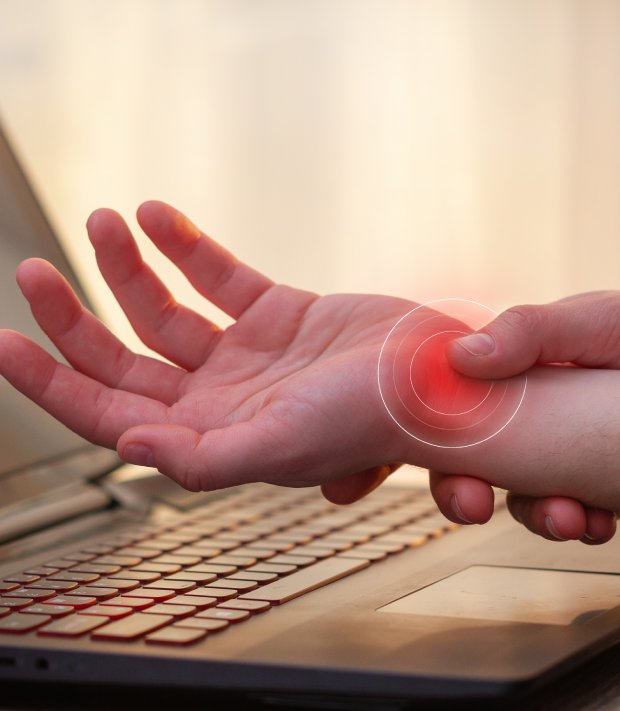
Compression of the median nerve inside the carpal tunnel is caused by:
- Repetitive monotonous movements of the hand and fingers, especially when working with a keyboard, mouse, hand tools, as well as holding the hand in an uncomfortable position for a long time
- Professional loads associated with vibration and static tension of the hand (most often this occurs in builders, massage therapists, drivers, musicians)
- Wrist injuries (bruises, fractures, dislocations), which can change the anatomy of the canal and cause nerve compression
- Inflammatory diseases (rheumatoid arthritis, synovitis, tendovaginitis), in which there is thickening or swelling of the tissue inside the canal
- Endocrine and metabolic disorders (diabetes mellitus, hypothyroidism, acromegaly), which cause disruption of the nerve supply and increase its vulnerability
- Hormonal changes – especially in women during pregnancy and menopause, when tissue swelling increases due to fluctuations in hormone levels
- Obesity – excess body weight increases pressure in the carpal tunnel
- Tumors and cysts in the wrist area (ganglions, lipomas, angiomas), which can compress the nerve from the outside
- Hereditary predisposition – congenital narrow carpal tunnel
Often, tunnel syndrome develops under the influence of several factors simultaneously, especially when combined with professional stress and illnesses
Diagnosis of carpal tunnel syndrome
Diagnostic tests
During the initial appointment, a neurologist or surgeon evaluates the patient's complaints, the nature of the symptoms and their relationship to physical activity.
A series of specific clinical tests are carried out:
- Tinel. Light tapping is performed in the area of the carpal tunnel, which provokes the spread of pain
- Phalena. The patient bends the wrist at a right angle and holds it in this position for 30-60 seconds. With tunnel syndrome, numbness or tingling in the fingers occurs
- With raising of hands. When raising them above the head for 1-2 minutes the symptoms intensify
- Wrist compression. When pressing on the carpal tunnel area, characteristic complaints appear
The listed methods help to suspect the presence of the syndrome and assess its severity, but do not provide a complete picture of nerve damage.
Electroneurophysiological studies
The most informative diagnostic method is considered to be electroneuromyography (ENMG), which includes:
- Stimulation electroneuromyography. Measurement of the speed of electrical impulse conduction along the median nerve. A slowdown in speed or block indicates the degree of compression
- Needle electromyography. Evaluation of the bioelectrical activity of muscles innervated by the median nerve helps to identify signs of atrophy
ENMG makes it possible to confirm the presence of neuropathy, as well as differentiate it from other neurological diseases.
Laboratory and instrumental diagnostics
Additional research methods are prescribed to clarify the causes of tunnel syndrome and identify concomitant pathologies:
- General and biochemical blood analysis. Helps to identify signs of inflammation, diabetes, thyroid dysfunction
- Analysis for rheumatoid factor and antinuclear antibodies. Prescribed when systemic autoimmune diseases are suspected
- Ultrasound of the wrist. Shows thickening of the tendons, presence of cysts, ganglia and swelling inside the canal
- MRI or CT of the wrist. Conducted in complex clinical cases to assess the structure of the carpal tunnel, identify tumors, post-traumatic changes or structural anomalies
A comprehensive approach to diagnostics allows not only to confirm the diagnosis of tunnel syndrome, but also to establish its cause, stage, and also to exclude other diseases with similar symptoms.
Pathogenesis and classification
Most often, the development of tunnel syndrome is associated with chronic compression (squeezing) of the median nerve. At the initial stage, swelling and deterioration of blood circulation in the nerve appear, which over time leads to temporary loss of sensitivity and mild numbness. If the compression persists, ischemia (oxygen starvation) of the nerve fibers develops, their nutrition is disrupted. Gradually, the protective sheath of the nerve is damaged.
In later stages, irreversible changes are possible, in which the nerve is affected and the patient develops persistent weakness and a decrease in muscle mass at the base of the thumb. Sometimes the disorders can spread higher up - to the shoulder and neck, causing more general pain or sensory symptoms.
According to the clinical course, tunnel syndrome is divided into the following forms:
- Acute – develops suddenly, for example, after an injury or massive swelling
- Subacute – increases over weeks
- Chronic – symptoms persist and progress over months and years
According to the degree of neuropathic changes, several stages are distinguished:
- Functional – temporary sensory disturbances without structural damage
- Demyelinating – characterized by a decrease in the speed of impulse conduction, pronounced paresthesia
- Axonal – persistent neurological deficits, muscle weakness and atrophy are observed
Correct classification of tunnel syndrome taking into account pathogenesis helps the doctor determine the cause of damage to the median nerve, choose adequate treatment tactics and predict the outcome of the disease
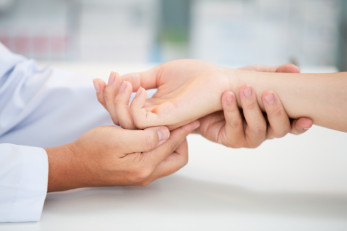
Depending on the pathogenesis, the following forms of carpal tunnel syndrome are distinguished:
-
Mechanical
It develops when the median nerve is compressed due to anatomical anomalies, neoplasms or chronic trauma (for example, during long-term work with vibrating instruments)
-
Ischemic
It is caused by a disruption in the blood supply to the nerve, which leads to its hypoxia and dysfunction
-
Inflammatory-degenerative
Associated with swelling and inflammation of the tissues of the canal (including the synovial sheaths of the tendons), often occurring with systemic diseases or overload of the wrist
Treatment of carpal tunnel syndrome
Conservative therapy
The choice of therapy method depends on the stage of the disease, the severity of symptoms and the causes of compression. The treatment measures taken are aimed at restoring normal nerve function and preventing irreversible changes in the tissues of the hand.
In the early stages of carpal tunnel syndrome, treatment is aimed at reducing pressure on the median nerve, eliminating inflammation, and preventing the progression of symptoms.
The main directions of conservative therapy:
- Limitation of provocative movements of the hand and wrist
- Ergonomic correction of the workplace (wrist support, correct height of the desk and monitor)
- Temporary reduction of workload or change in the nature of work
- Use of cooling and heat compresses for pain syndrome
- Performing simple wrist flexor stretches
- Self-massage of the forearm and hand to relieve tension
If there is no improvement within 4-6 weeks, the doctor considers moving to drug or surgical therapy.
Orthosis
Special orthoses or splints are used to immobilize the wrist. They fix the hand in a neutral position and reduce pressure on the median nerve.
Orthoses are worn primarily at night or during intense activity. Symptoms are reduced by limiting repetitive movements and fixing the wrist. When used correctly, an orthosis can significantly reduce pain and numbness, as well as improve sleep quality.
Drug therapy
To relieve inflammation, swelling and pain, the following are used:
- Non-steroidal anti-inflammatory drugs
- Glucocorticosteroids – systemically or in the form of local injections into the canal area in case of severe swelling and pain syndrome
- B vitamins – improve the metabolism of nervous tissue and help restore conductivity
- Neuroprotectors and antioxidants – to stabilize the nerve condition
Local ointments and gels can be used as part of complex therapy, but their effectiveness is limited.
Physiotherapy
Physiotherapy procedures help relieve inflammation, improve microcirculation and restore nerve function. The following are prescribed:
- Magnetotherapy and ultrasound – reduce swelling and inflammation
- Laser therapy – has an analgesic and regenerative effect
- Electrophoresis with anti-inflammatory drugs
- Therapeutic gymnastics – exercises for stretching and strengthening the muscles of the hand are shown
The doctor selects a set of procedures individually, taking into account the degree of damage and the presence of concomitant diseases in the patient
Хирургическое лечение
Если консервативная терапия, проводимая в течение 6-12 недель, оказывается неэффективной или наблюдаются выраженные неврологические дефициты (стойкое онемение, мышечная атрофия, снижение силы захвата), показана операция на карпальном канале. Вмешательство выполняют для декомпрессии срединного нерва путем рассечения поперечной связки запястья.
Возможны два варианта проведения операции:
- Классический – применяют в тяжелых случаях. Врач выполняет продольный разрез длиной 3-5 см со стороны ладони, затем рассекает поперечную связку запястья, устраняя давление на срединный нерв. Может потребоваться удаление утолщенных или воспаленных тканей
- Эндоскопический – доступ выполняется через миниатюрные проколы, расположенные в области запястья и ладони. В них вводится эндоскоп с камерой и специальным инструментом для рассечения связки. Вмешательство не подразумевает объемного вскрытия тканей, что ускоряет восстановление
При своевременно выполненной операции прогноз благоприятный. Чувствительность и сила кисти восстанавливаются, рецидивы встречаются крайне редко
Frequently asked questions
Is general anesthesia used during the surgery?
When is a follow-up visit to the surgeon necessary after surgery?
Is it possible for carpal tunnel syndrome to recur after successful surgery?

This award is given to clinics with the highest ratings according to user ratings, a large number of requests from this site, and in the absence of critical violations.

This award is given to clinics with the highest ratings according to user ratings. It means that the place is known, loved, and definitely worth visiting.

The ProDoctors portal collected 500 thousand reviews, compiled a rating of doctors based on them and awarded the best. We are proud that our doctors are among those awarded.
Make an appointment at a convenient time on the nearest date
Price

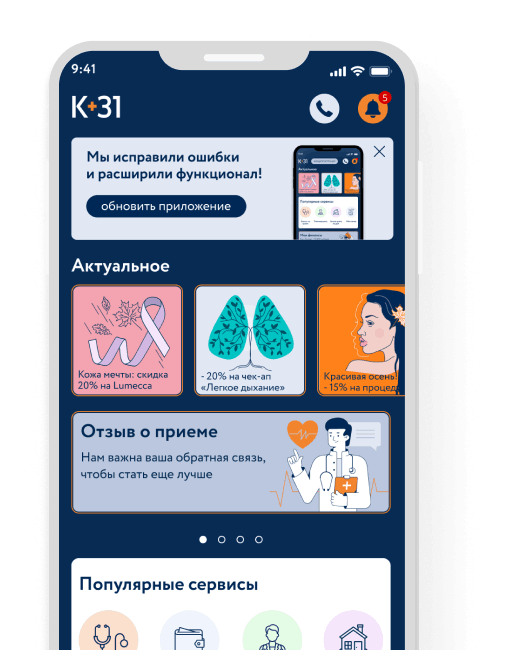
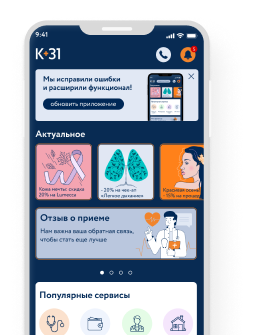



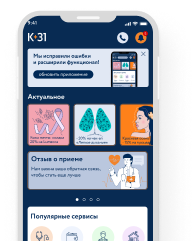
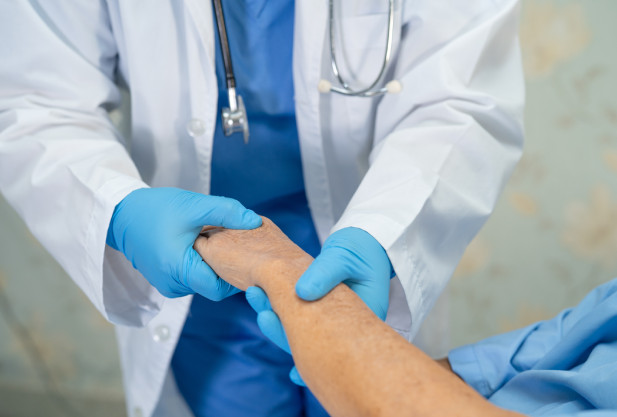
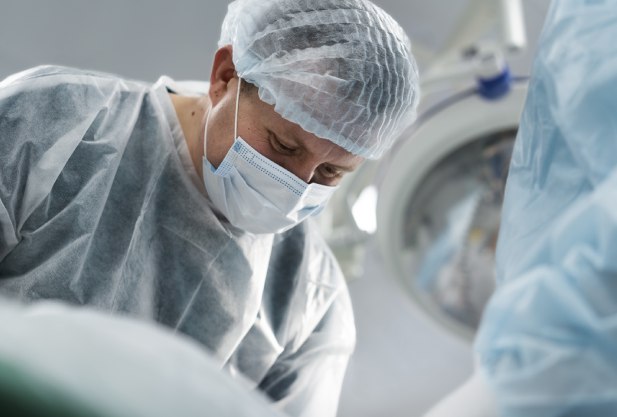
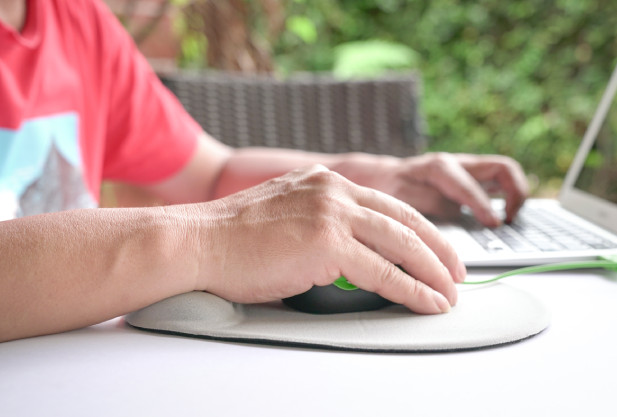
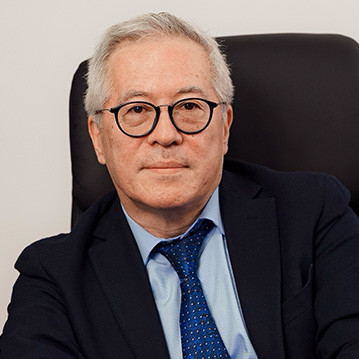

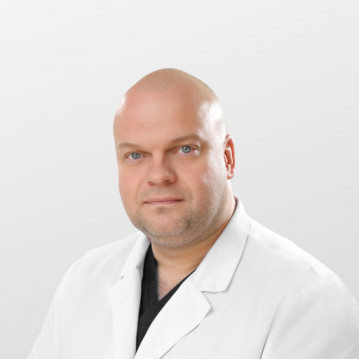
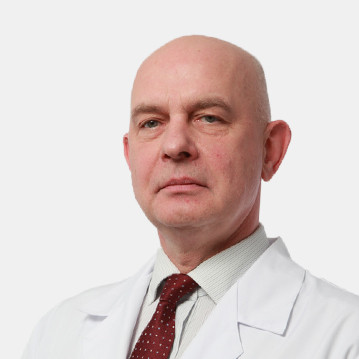
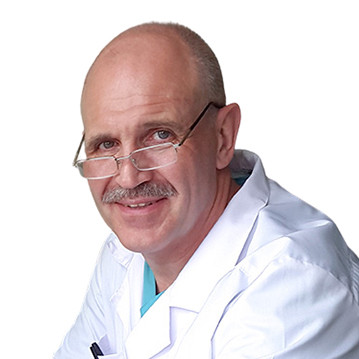
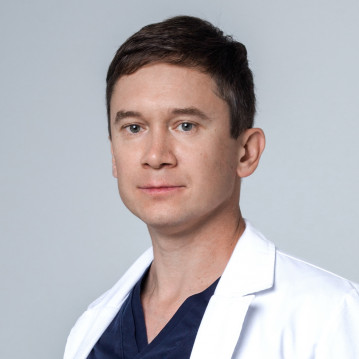
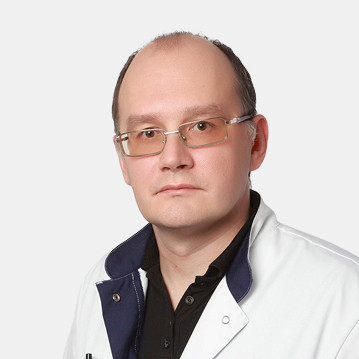
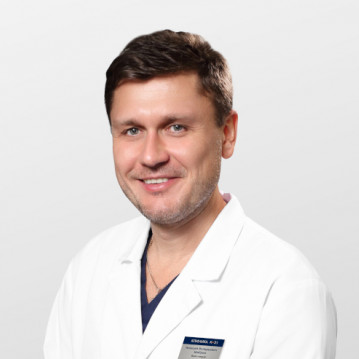

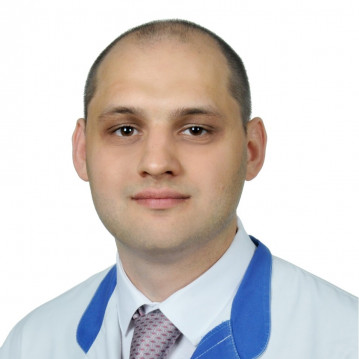
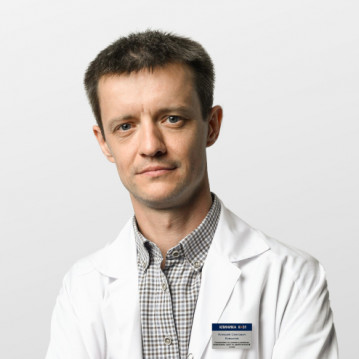
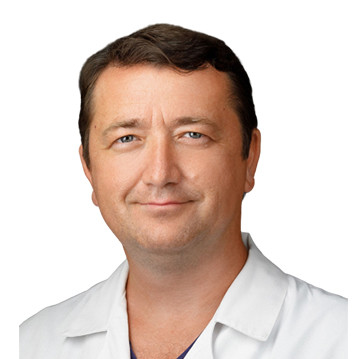
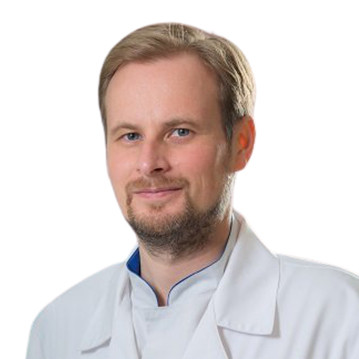
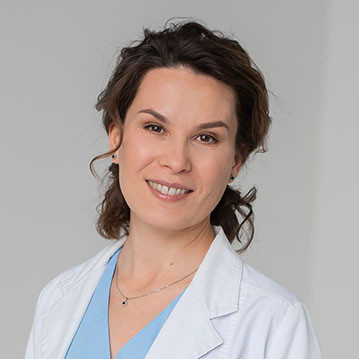
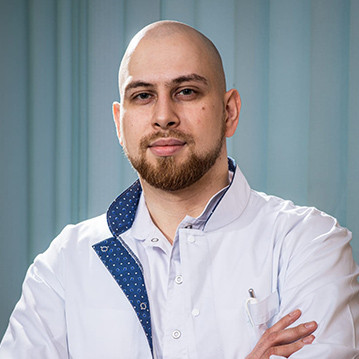
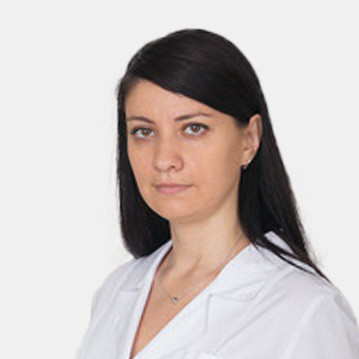
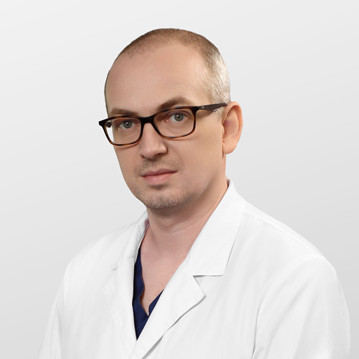
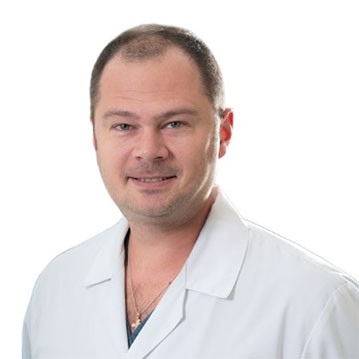
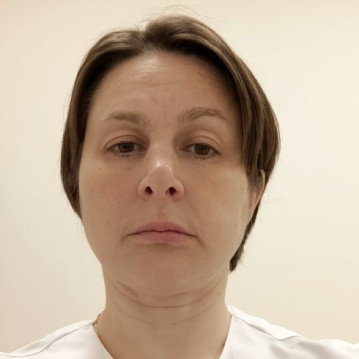
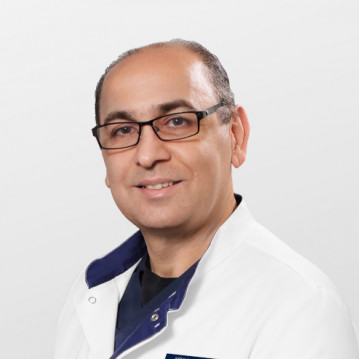


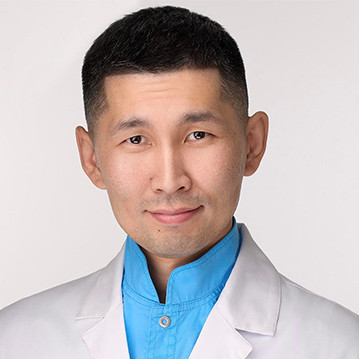

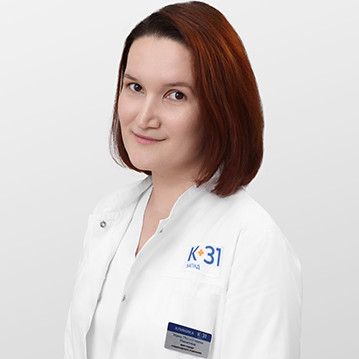


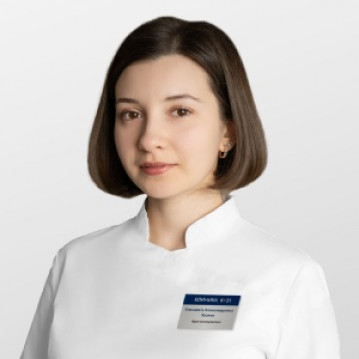

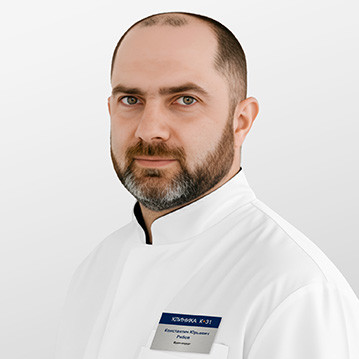
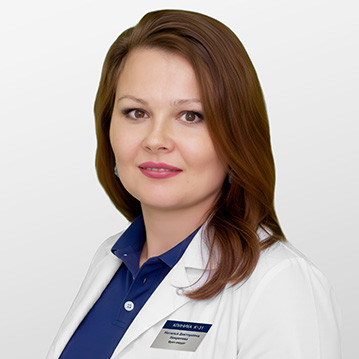
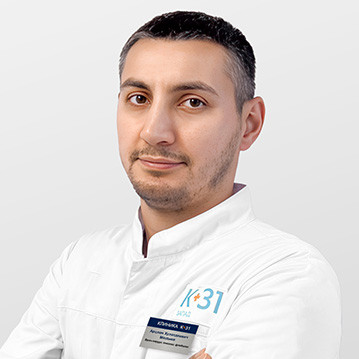
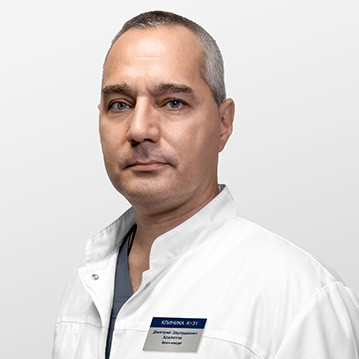

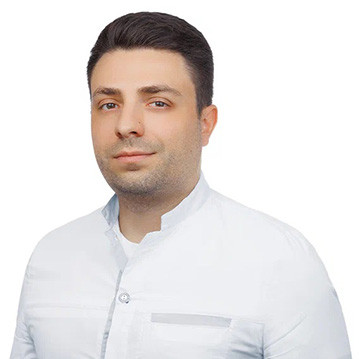
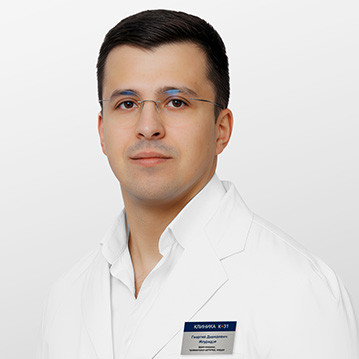



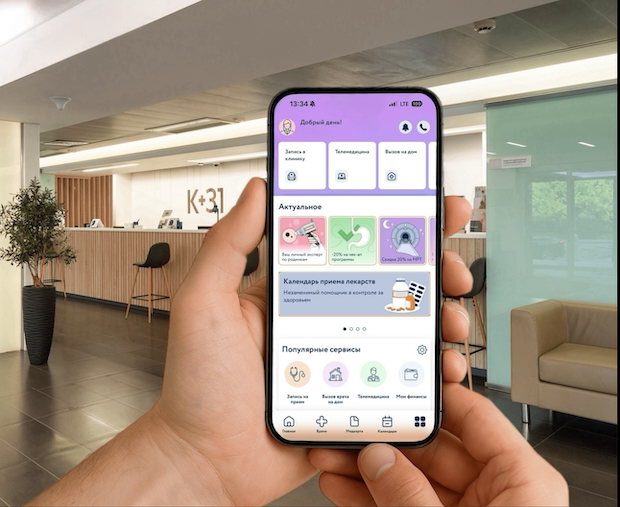
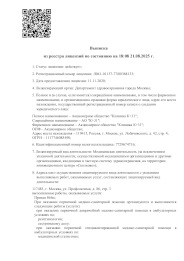

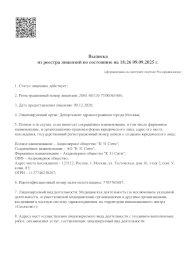
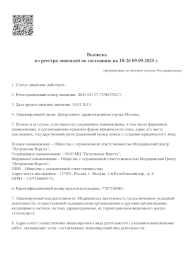

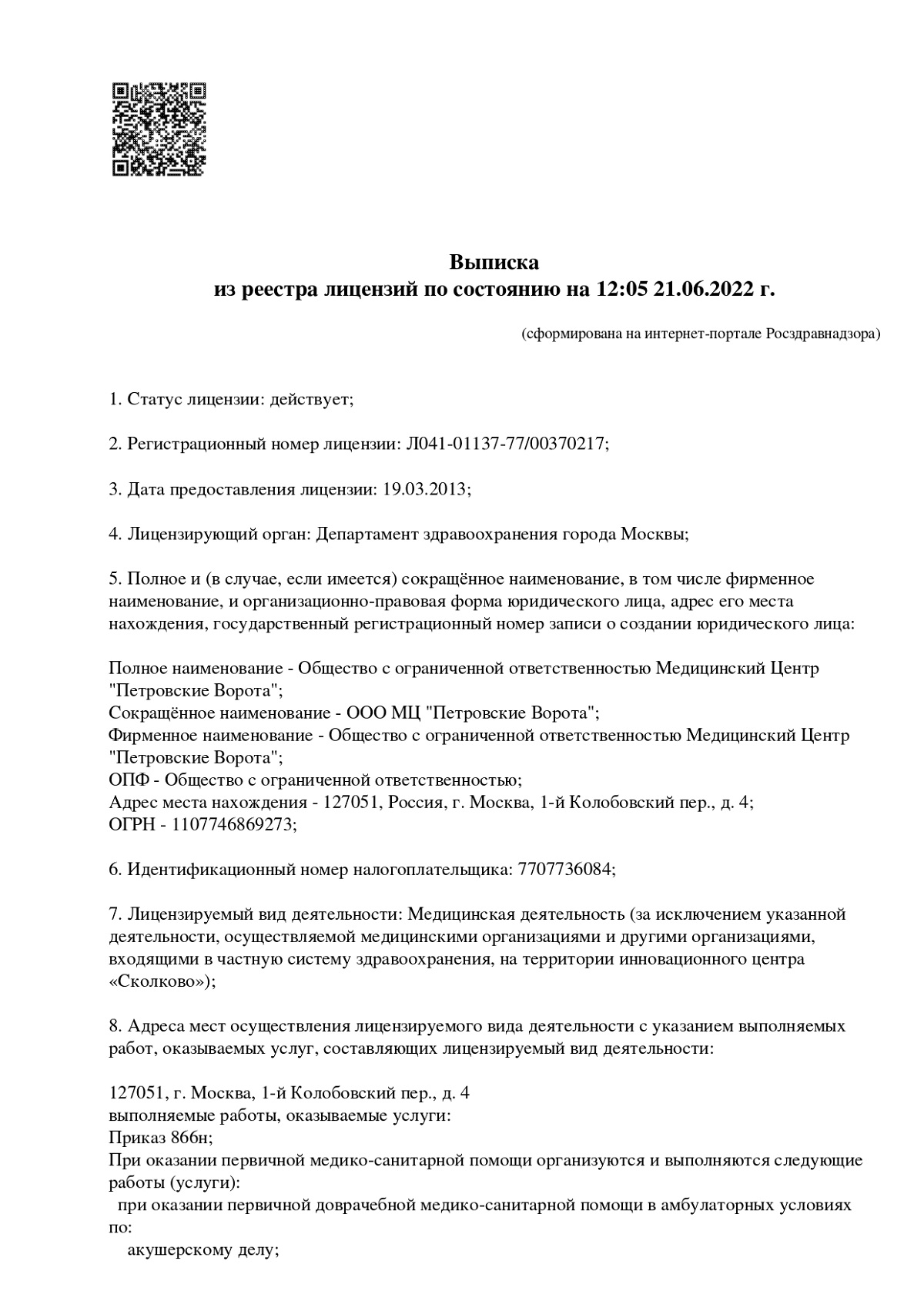
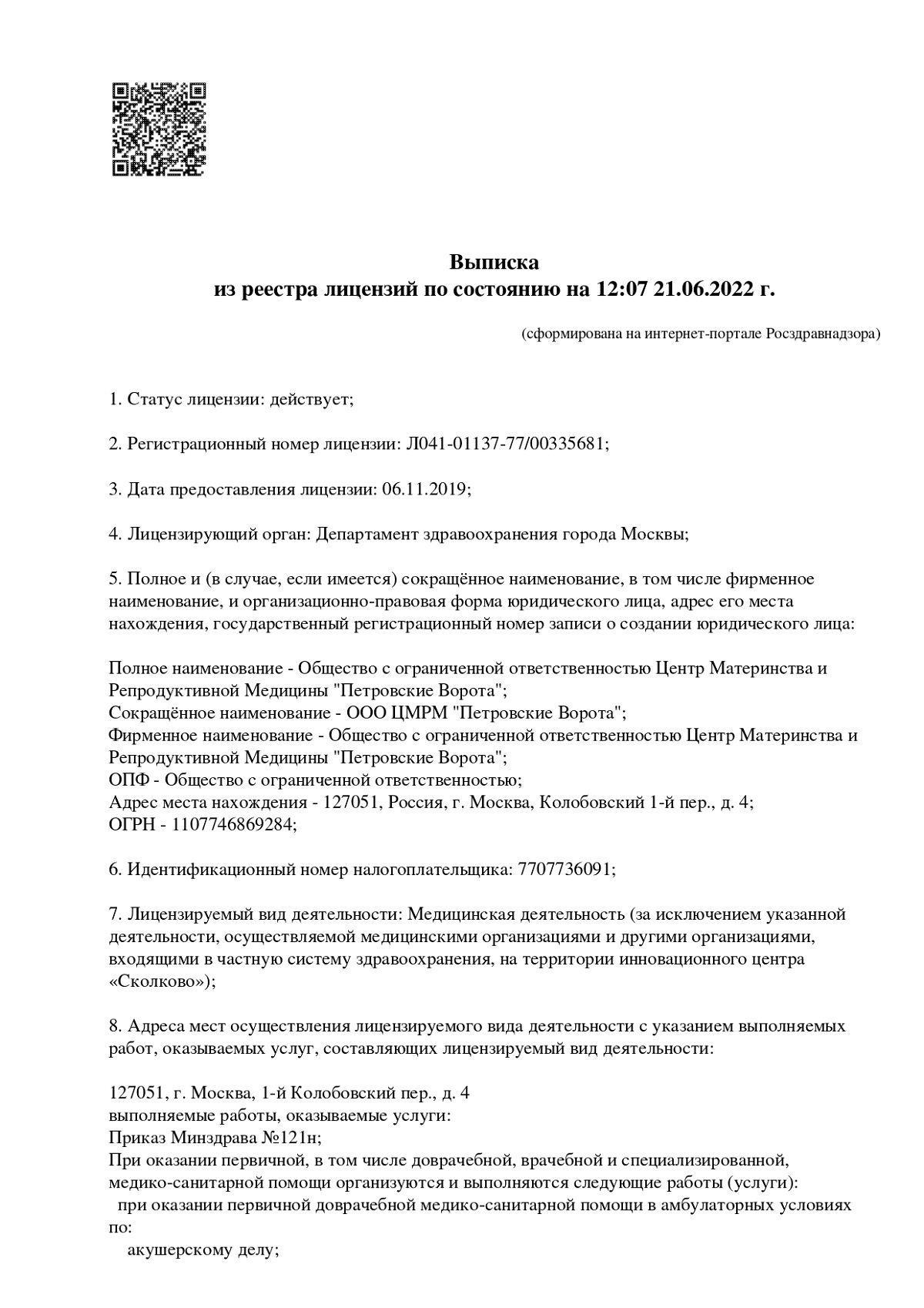
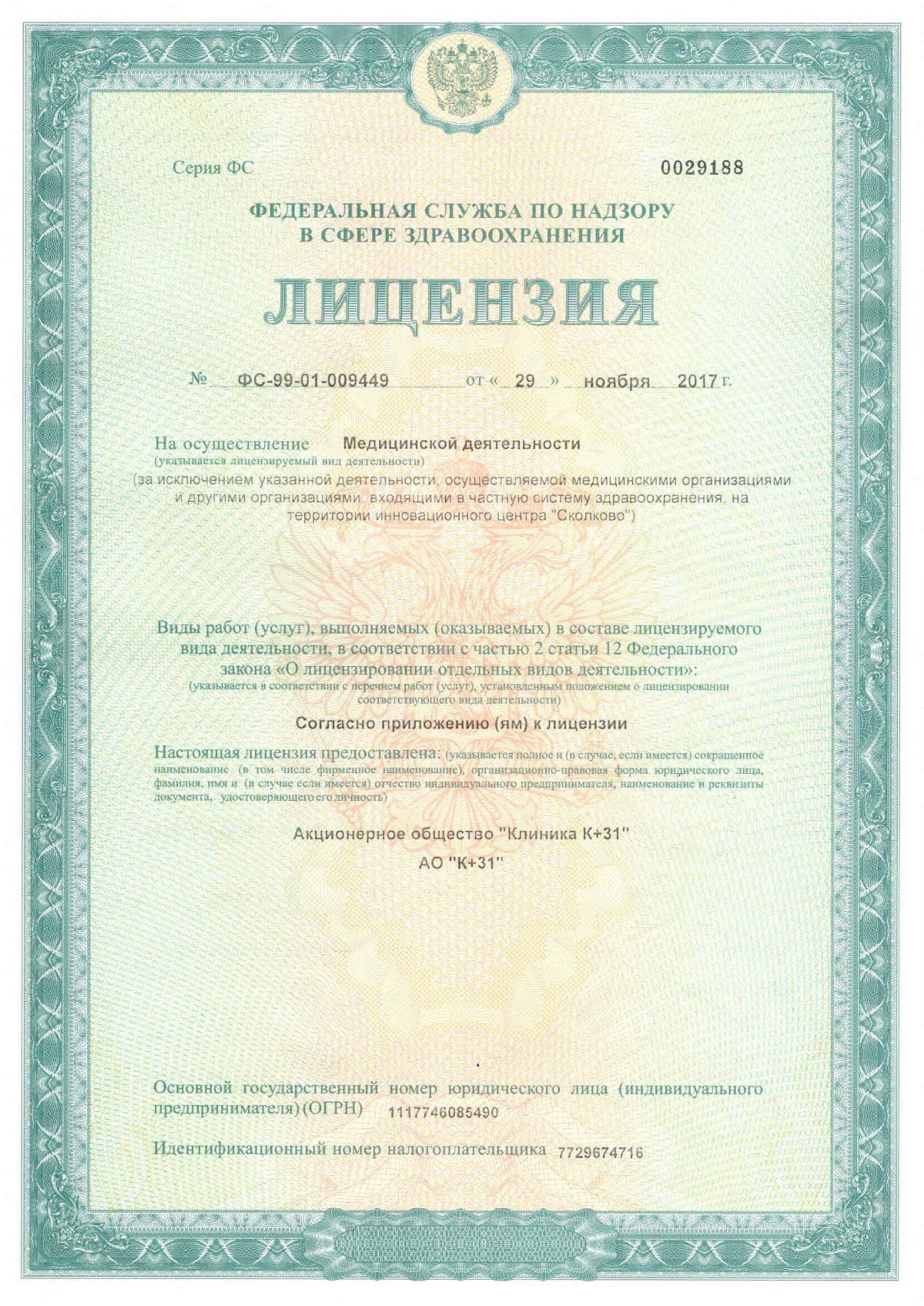
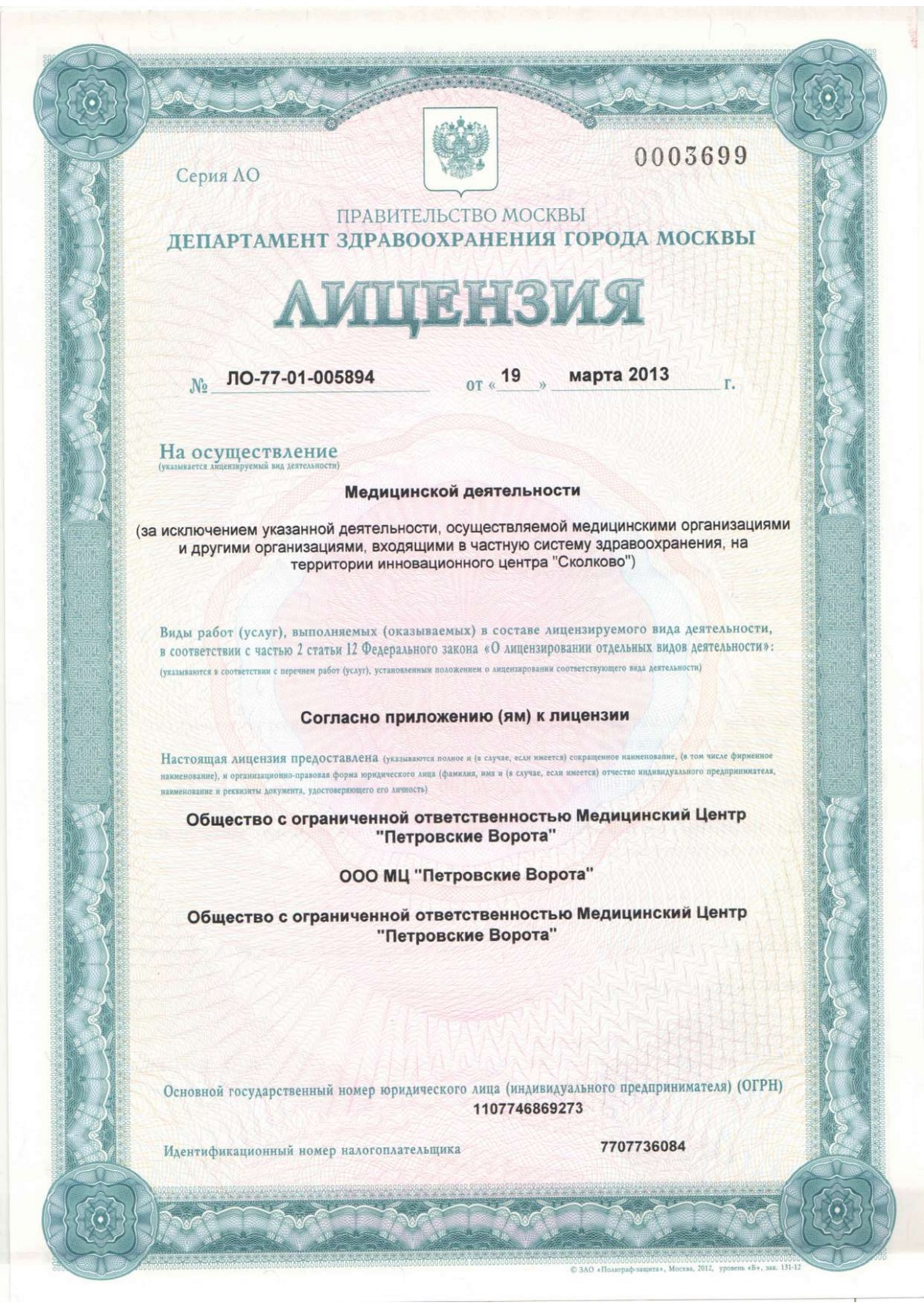

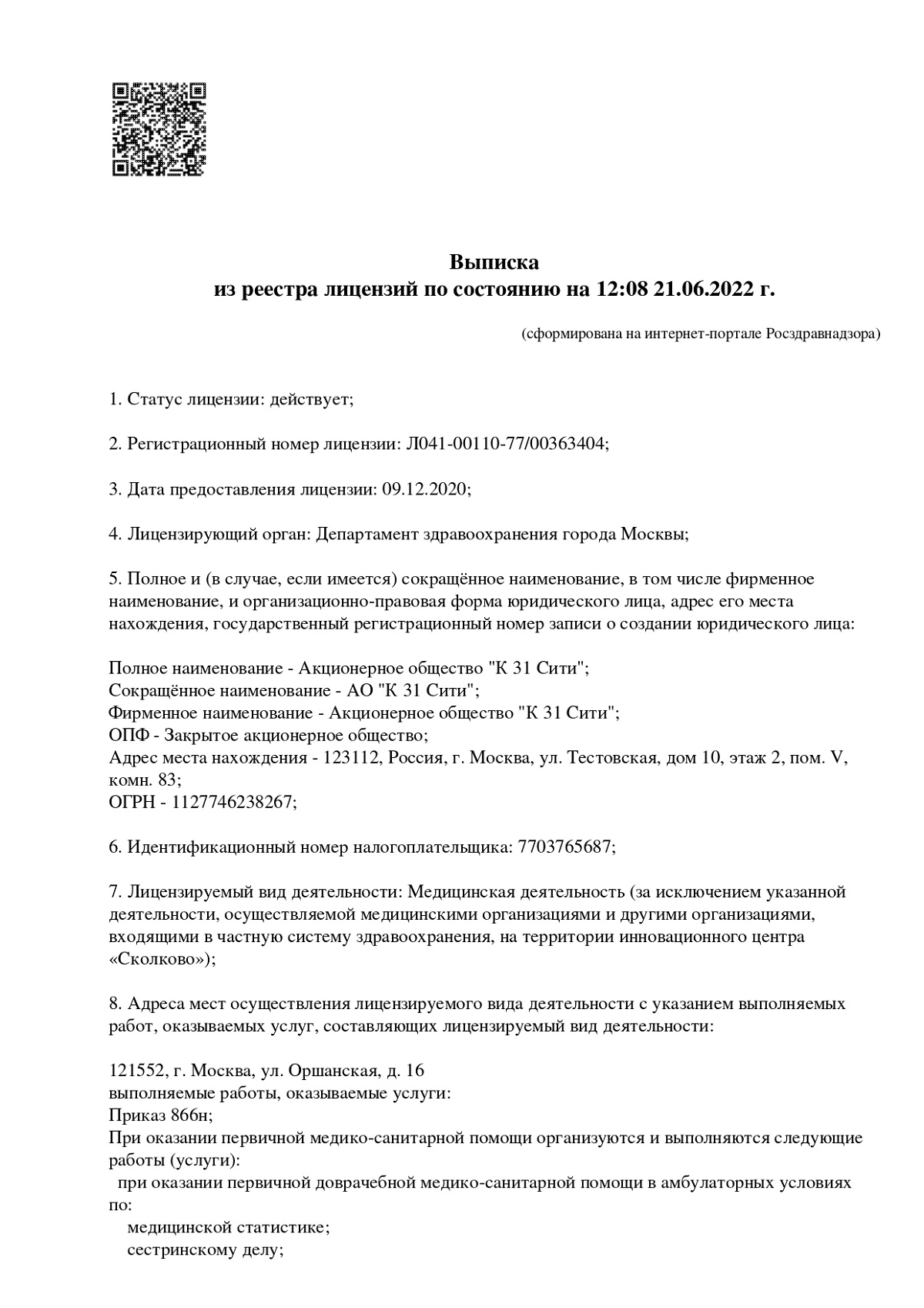
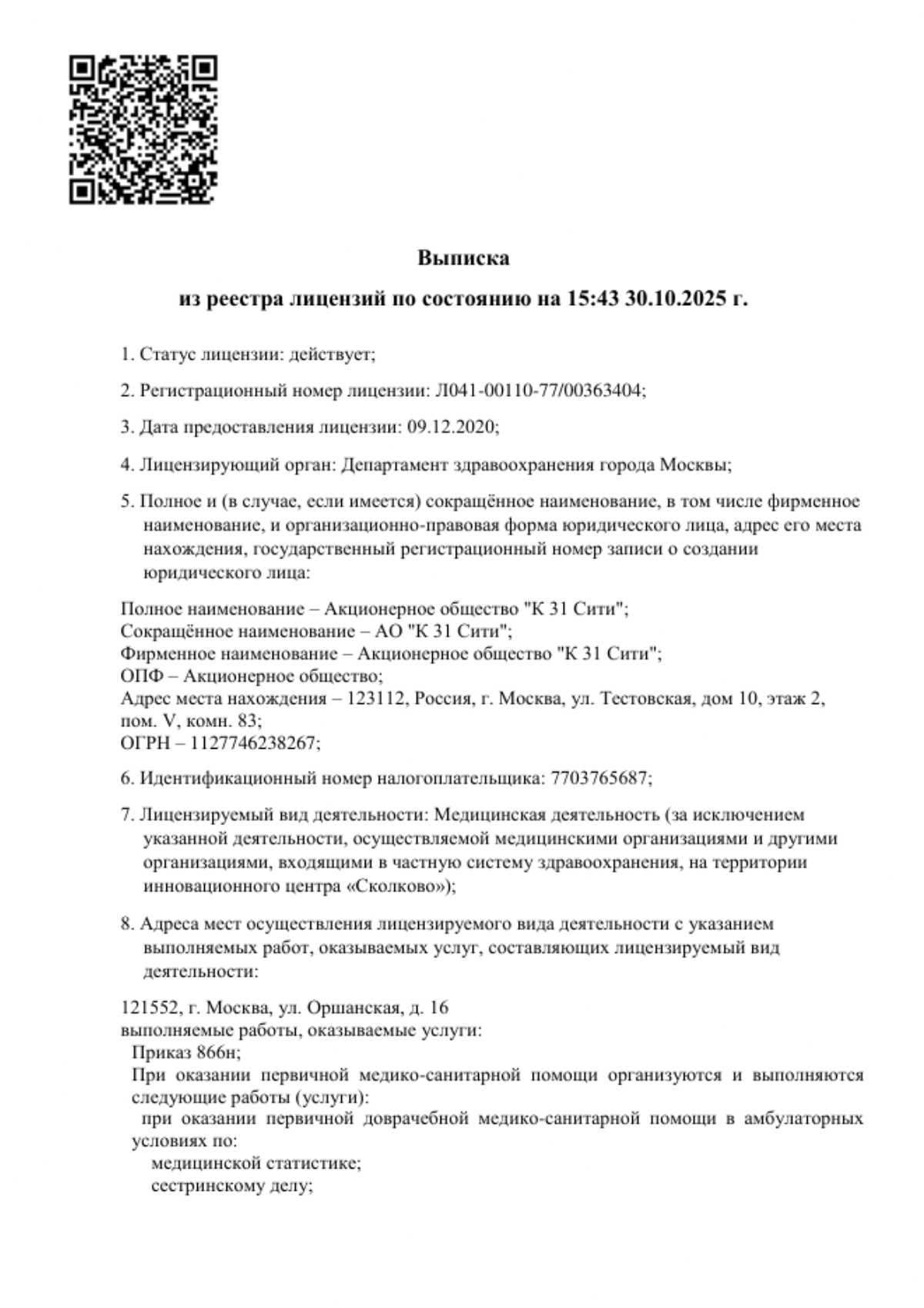
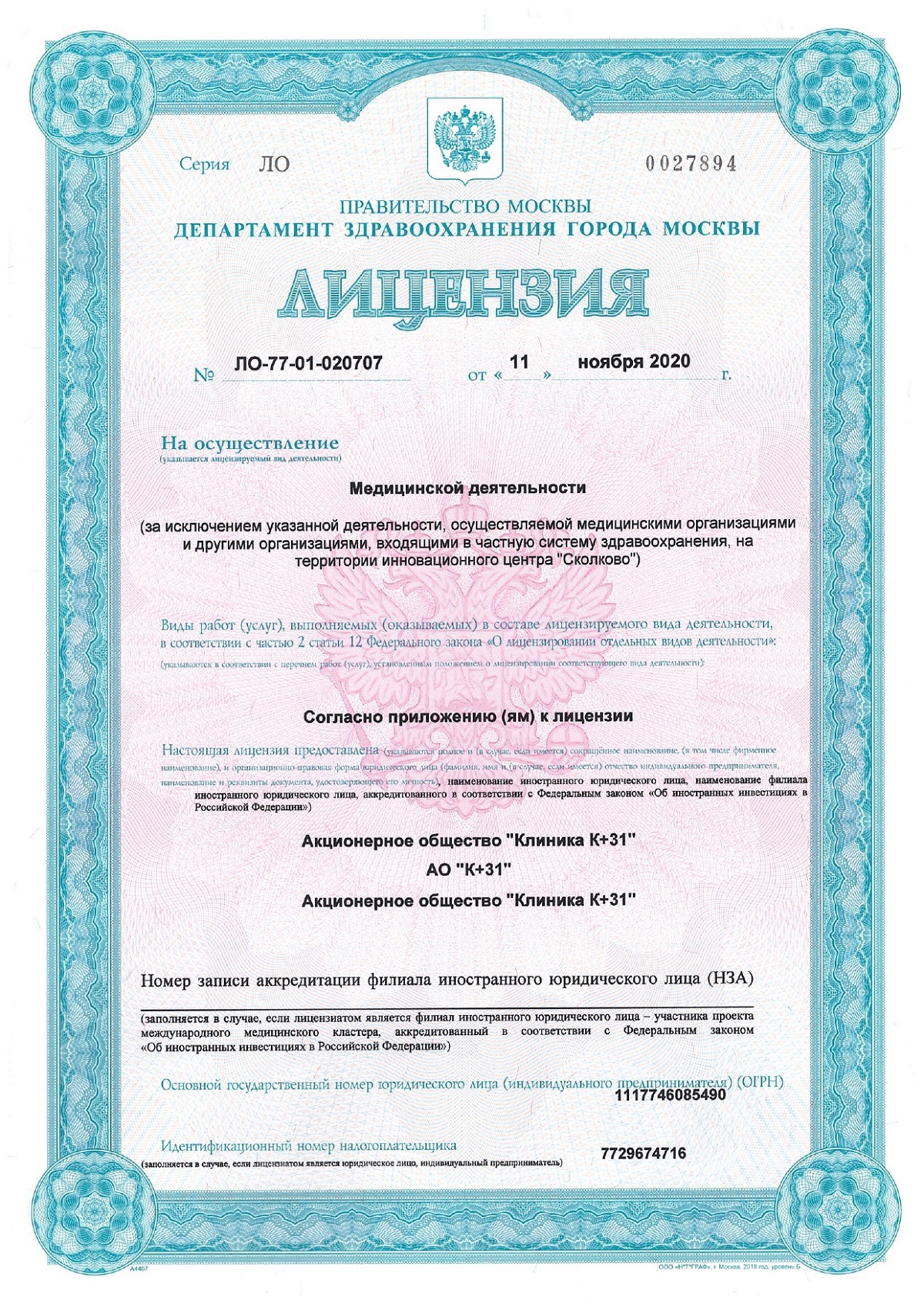

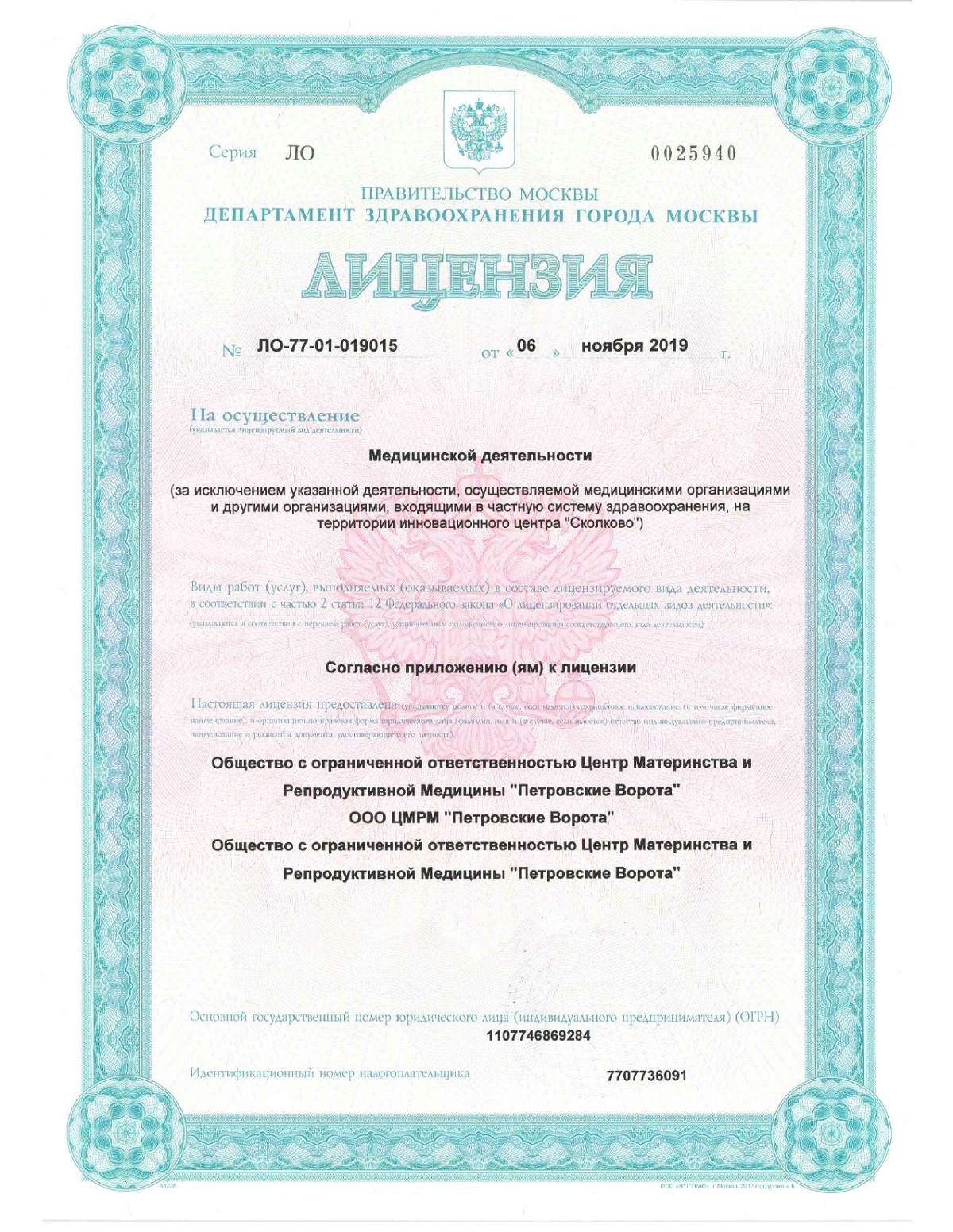




General information about carpal tunnel syndrome
This is a condition that causes compression of the median nerve in the carpal tunnel. When any anatomical structures inside increase in volume, this leads to compression of the nerve. This can be observed against the background of swelling, inflammation or thickening of the tendons.
The median nerve provides sensitivity to the fingers and also innervates the muscles responsible for precise and grasping movements of the hand. Its compression disrupts the normal conduction of nerve impulses, which leads to numbness, tingling, pain, and muscle weakness.
Without treatment, tunnel syndrome can cause persistent loss of sensitivity, atrophy of the thenar muscles and impaired hand function, even leading to disability. That is why it is important to recognize the disease at an early stage and begin treatment.